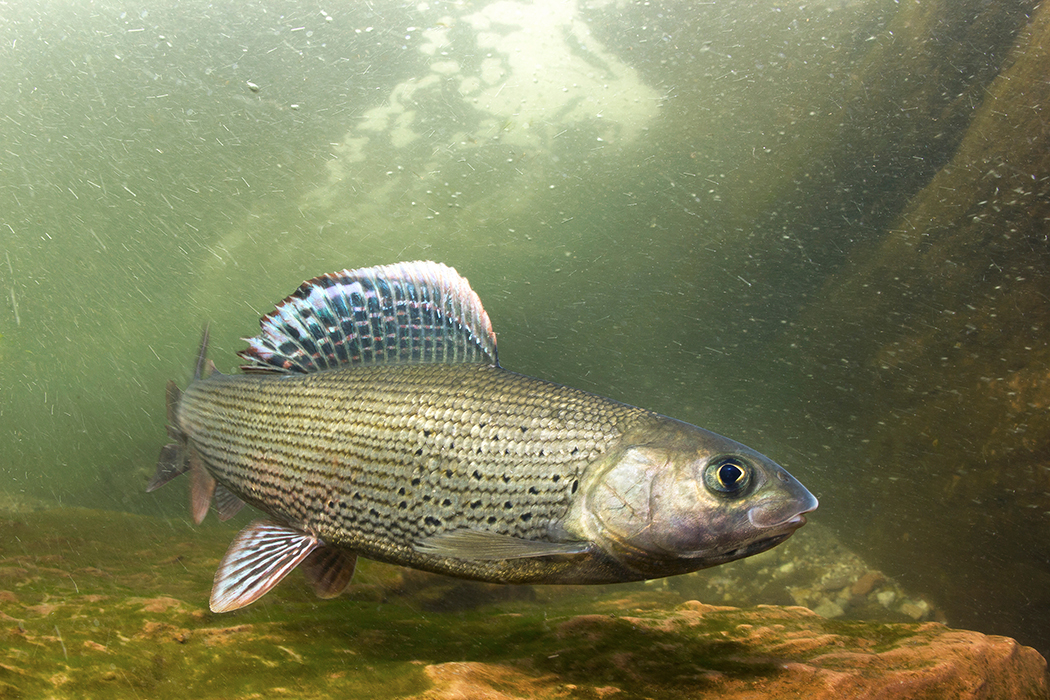Sediment
Sediment is an essential component of a healthy flow ecology in the middle and lower reaches as well as in the delta of a river. While the ground at the source is usually rather rocky and stony, the material becomes smaller and more gravelly downstream until, at the mouth, it consists almost entirely of fine sediment and sand.
Sediment Transport

The material is transported along the course of the river through various movement processes. Transport close to the bed occurs in two different processes: traction and saltation. There are also transport processes for dissolved and suspended material.
These transport processes are transient and remain undisrupted as long as a transport balance exists in the water, which is influenced by various factors. Put simply, the river transports as much sediment as it can move with its kinetic energy. Every river has a specific transport capacity, which depends on numerous factors.
One factor in sediment transport is the grade of the bed, which gradually decreases along the river’s course and becomes flatter. Aspects such as flow rate and the kinetic energy of the river linked to it depend on this grade. Consequently, the river’s transport capacity gradually decreases from source to mouth. From this, the distribution of material in the riverbed can be known: mostly stony and rocky, with large boulders at the source to the sandy and silty mouth.
The bed is also constantly being stressed and broken up by abrasion and erosion.
Sediment and Habitat
Just as the bed changes from source to mouth, different species of fish live in the different reaches of the river. These are usually indicated by the main fish species. Strong-swimming fish such as trout and grayling live near the source and upper reach, adapted to the strong current and high flow rate. Weaker fish, such as barbels and bream, live in the middle or lower reaches.
The food chain of these fish include microorganisms that live in the bed substrate. These are adapted to the living conditions in their reach and live between the wide range of particle sizes in the sediment.
Even the spawning behavior of fish can vary by species. For some species of fish, the composition of the bed substrate is relevant to spawning, since they spawn in gravel, sand, or silt. They lay their spawn interstitially in or on the surface of the bed substrate. If the substrate lacks fine sediment, the spawn has difficulty attaching and may be carried off.

Sediment and Floodplains

A river bursting its banks is a natural occurrence that washes up nutrient-rich sediment for plants that can be used as natural fertilizer. This is exploited in Egypt, for example, for agriculture on the Nile.
Additionally, alluvial forests are characterized by the occasional flooding of rivers, which develop their unique properties. They form a natural barrier against erosion and reinforce the river bank with their distinct root system. They also provide a habitat to numerous species. Even beavers, which are facing extinction in Germany, prefer alluvial forests for their habitat.
Alluvial forests are natural flood retention areas. With their dense and shallow growth, they absorb water to slow the progression of the flood wave downstream.

